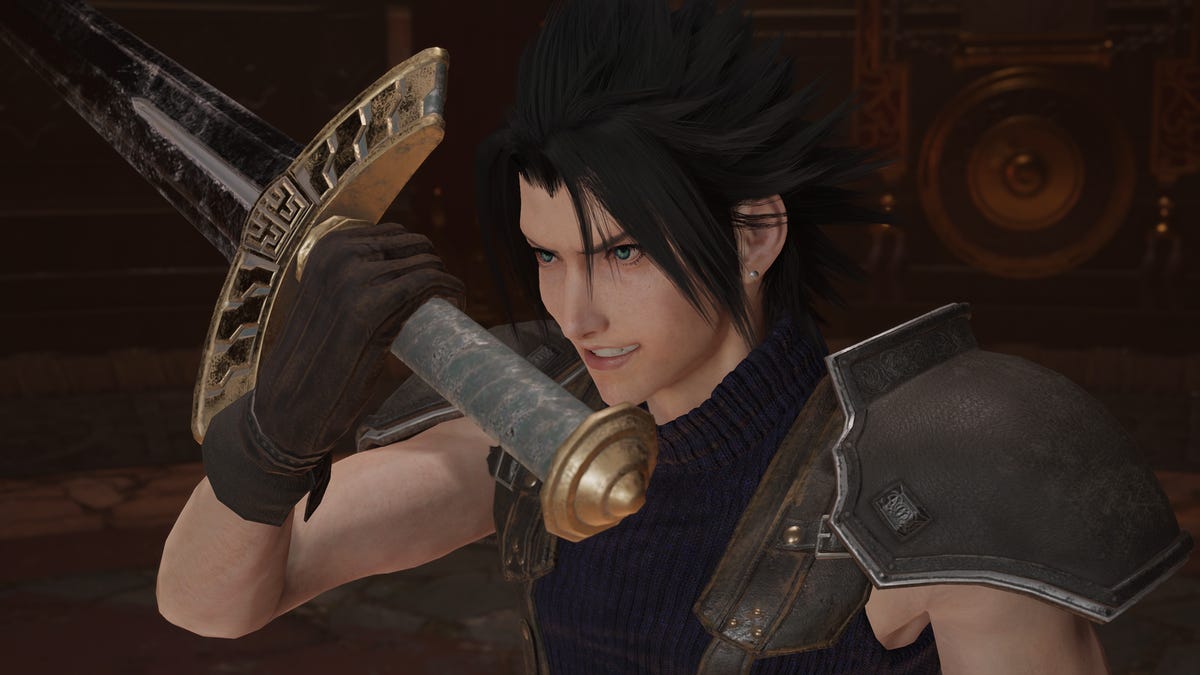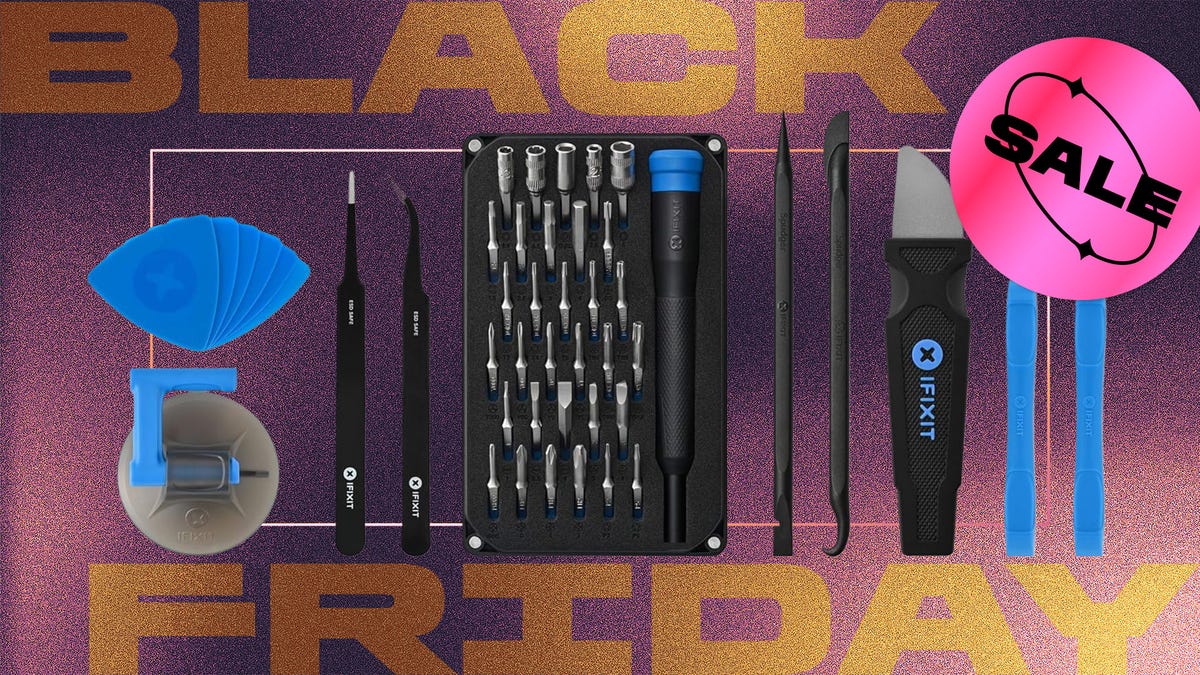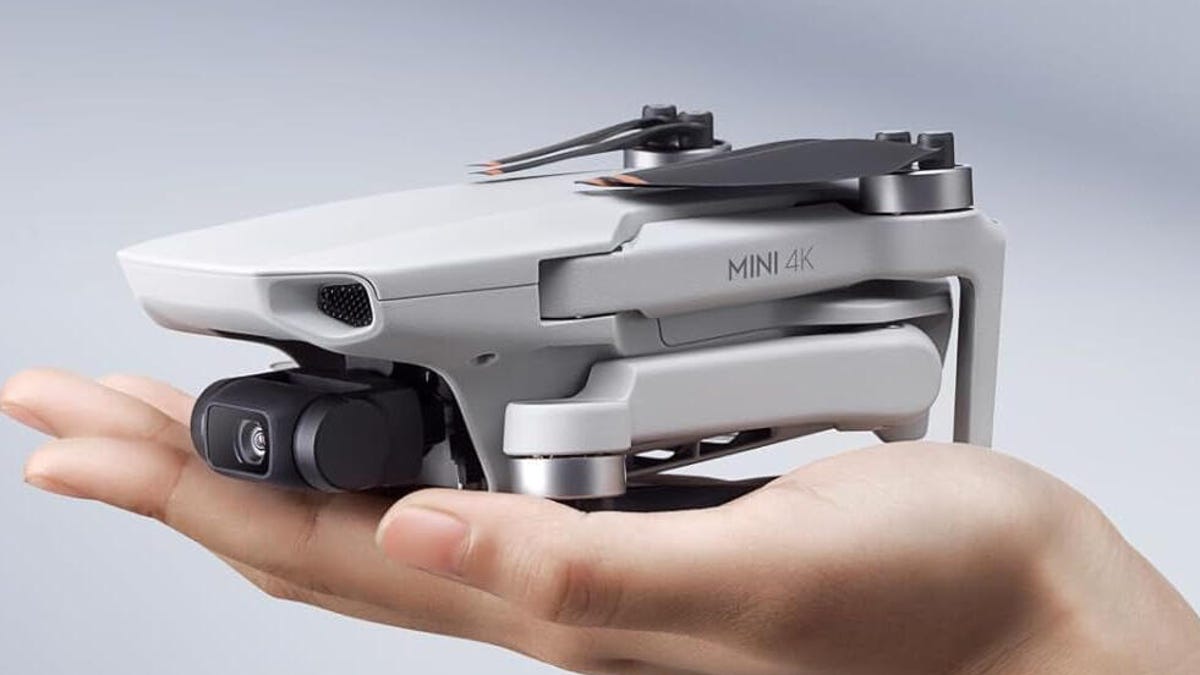Technologies
Crisis Core Reunion Is a Magnificent Final Fantasy 7 Classic Remastered
Review: Zack Fair’s beautifully 2007 spinoff adventure escapes Sony’s PSP, and Square Enix has brought it in line with Final Fantasy 7 Remake.

Final Fantasy 7 fans were ready to eat well back in the mid-noughties, as developer Square Enix released several spinoffs expanding the universe of the legendary 1997 PlayStation RPG. Unfortunately, most of the new stories — like PS2 shooter Dirge of Cerberus and CGI movie Advent Children — turned to be fast food next to the delicious and nutritious meal that was Final Fantasy 7.
The sole exception was the excellent 2007 action-RPG Crisis Core. This prequel cast you in the role of Zack Fair, a character with a small-but-crucial role in Final Fantasy 7’s main story, and explored his career as a member of megacorporation Shinra’s Soldier paramilitary group.
It offered roughly 25 hours of main story gameplay, a solid chunk of side missions and an inevitable emotional gut-punch of an ending that seared itself into fans’ brains.
The problem: It was only on PlayStation Portable (the PSP) and remained marooned on Sony’s now-obsolete handheld for more than 15 years. However, after the 2020 Final Fantasy 7 Remake and its downloadable content hinted at Zack’s playing a bigger part in the upcoming Rebirth, Square Enix is finally letting a new generation of gamers dive into Crisis Core.
Crisis Core: Final Fantasy 7 Reunion hit PS4, PS5, Xbox One, Xbox Series X|S, Nintendo Switch and PC on Tuesday. I’ve played a chunk of the game on PS5, and found this remastered classic to be a nostalgic joy.
Initially, I thought this was just the PSP game with some modern flourishes — 3D character models, upgraded environments and the ability to finally play it on a massive TV screen (or mirror the handheld original on Switch). Some of the prerendered cutscenes aren’t as well remastered, with graphical artifacts occasionally marring the image.
As I played, it became increasingly clear that Square Enix had made more subtle changes as well; developers have brought the combat closer to the Remake’s beautiful flow. Chaining physical, magical attacks and summoning god-like beings who perform super attacks feels natural and smooth — partially because all the modern systems’ controllers have more buttons to use than the PSP — making for a far more pleasant experience than it was in 2007.
You also have a new way to interrupt your most powerful enemies’ biggest attacks, by doing as much damage as possible when they’re charging up. It might not seem like a major addition, but it adds a layer of strategy to boss encounters you might otherwise have played defensively.
The slot machine-style Digital Mind Wave system that periodically gives you bonuses or summons an ally in combat remains inscrutable as ever — it also determines when Zack and his abilities level up. Rest assured that this isn’t random, so it seems that way you just can’t see how much experience points you have. Its link to Zack’s emotional effect also used to great narrative effect at a few key points.
All the cutscenes are fully voice acted now — chunks of the original were text-only — with the Remake’s excellent cast back in their roles. That includes Superman & Lois’ Tyler Hoechlin as future villain Sephiroth, who’s a pretty chill (if a bit aloof) dude for much of this game.
However, for good or ill, Crisis Core Reunion is fundamentally the same game we got in 2007. It’s still divided into easily digestible story chapters where Zack goes out on assignments for Shinra, unlocking bite-size missions along the way — it can’t quite shake off its roots as a portable game designed for quick sessions.
It feels a little stop-start in the early hours, especially as the game’s various systems are introduced to you, but you’ll soon get into the groove.
The gameplay loop of doing a chapter, then blasting through a bunch of unlocked missions and talking to the various characters in the hub around Shinra headquarters is satisfying — similar to Mass Effect, another classic 2007 RPG. It’s basically a few rooms and streets, greatly enhanced by the game’s magnificent art direction (without the slow loading of the PSP version).
Zack is also an ultra-charismatic protagonist, and his enthusiasm is a breath of fresh air compared to Final Fantasy 7’s moody Cloud. Fans who know about the relationship between these two will find getting to know Zack particularly rewarding.
The other characters are a mixed bag — Zack’s Soldier mentor Angeal is so stiff that I practically drift off whenever he’s on screen, and main villain Genesis is a dorky Sephiroth wannabe. The voice actors do their best, but the writing around these two just isn’t compelling. However, Cloud and Aerith make up for it when they enter the story.
And seeing the early adventures of these gaming icons, and how Zack helped to shape them, is the best reason to play Crisis Core Reunion. It’s still a 2007 PSP game at heart (as evidenced by the beautiful mid-noughties flip phones), but Square Enix’s ambition made it one of the best games on that system. I’m so glad it’s not trapped there any more. It’s a game every Final Fantasy 7 fan needs to play before Rebirth arrives late next year.
Technologies
Repair Your Electronics at Home With This Rare Black Friday Discount on the iFixit Pro Tech Go Toolkit
This toolkit rarely goes on sale, so take advantage of this opportunity to snag it for only $40.

While Black Friday is an excellent time to replace old smartphones or broken laptops at a discount, not everyone is looking to splurge on new tech right now. If you’re shopping on a budget, or simply like the devices that you have and aren’t ready for an upgrade, investing in an electronics repair kit may be a wise option. We’ve spotted a discount on the iFixit Pro Tech Go tech toolkit, bringing its price down to just $40. But don’t delay, Black Friday is in its final hours and this kit rarely goes on sale.
The iFixit Pro Tech Go kit can be used to open up and repair a wide range of electronics, including smartphones, laptops, gaming consoles, and smart home devices for DIY repairs like battery or screen replacements. The kit has a 32-bit Moray driver kit, an opening tool, a suction handle, a jimmy, a spudger and angled tweezer to carefully open your devices.
Don’t miss any of our unbiased tech content and lab-based reviews. Add CNET as a preferred Google source.
Repairing your own tech can save you hundreds or even thousands of dollars. It also reduces e-waste by helping your devices last longer rather than throwing them away over minor issue. As of this year, all 50 states have introduced right-to-repair legislation designed to give people a legal right to fix their own tech, and several states have already signed it into law.
You can check out more deals from iFixIt now on Amazon. Plus, for other budget buys, check out our roundup of the best Black Friday deals under $100.
MOBILE DEALS OF THE WEEK
-
$749 (save $250)
-
$475 (save $175)
-
$499 (save $300)
-
$900 (save $400)
Why this deal matters
This is a record low price on a repair kit that rarely goes on sale. While we did see a modest discount on the iFixit Pro Tech Go toolkit during Amazon Prime Day in July, it was not marked down for October Prime Day or other sales such as Memorial Day or Labor Day. As such, it’s fairly unlikely that we’ll see it go on sale again this season, so this might be your last chance to get the toolkit for only $40.
Join Our Daily Deals Text Group!
Get hand-picked deals from CNET shopping experts straight to your phone.
By signing up, you confirm you are 16+ and agree to receive recurring marketing messages at the phone number provided. Consent is not a condition of purchase. Reply STOP to unsubscribe. Msg & data rates may apply. View our Privacy Policy and Terms of Use.
Technologies
Don’t Say Goodbye to Black Friday Yet. These Rare Apple Discounts Are Still Going Strong
Technologies
What a Ban Would Actually Mean for DJI Drone Owners and Holiday Shoppers
What’s the secret to a very un-merry shopping season? A brand new, unusable drone.

With Thanksgiving wrapped up and the Black Friday shopping sales here, if a DJI drone is on your holiday wish list, you might want to hit «buy» immediately. The company has issued a stark warning: Its drones could be banned from sale in the US, and the deadline is looming.
The Federal Communications Commission voted 3-0 at the end of October to «close loopholes» that allow tech deemed a «national security risk» to be sold in the US. In plain English, the US government is clearing the path to give DJI the same treatment it gave Chinese phone-maker Huawei, effectively banning its products from the American market.
The US government has deemed DJI, which is based in China, a security risk. It’s also considering a separate ban on TP-Link routers.
DJI is already sounding the alarm, posting on Instagram that a «deadline that could decide DJI’s fate in the US is just 43 days away» (now 19 days away). The company is warning that without an audit, its products could face an «automatic ban.» The US government has long labeled the Chinese drone maker a security risk, and it looks like the hammer might finally be coming down right before the holidays.
Don’t miss any of our unbiased tech content and lab-based reviews. Add CNET as a preferred Google source.
The vote isn’t the end of the road, however. Future bans would need to target specific products and would require a period of public consultation. But it appears the groundwork is being set for the FCC to block sales of future and some existing DJI drones from US shores, as well as products that use DJI technology.
The government has called for a DJI audit by the end of the year, but if that doesn’t happen, DJI drone products could be banned for sale by default under a national security law.
DJI asks for a security audit before any ban
A representative for DJI told CNET that while the FCC vote references a rule change that doesn’t currently apply to DJI specifically, the National Defense Authorization Act deadline in December would put Chinese companies like it on the FCC’s ban list, «without any evidence of wrongdoing or the right to appeal.»
Adam Welsh, head of global policy at DJI, said the company has repeatedly said it would be open to audit, but that «more than 10 months have now passed with no sign that the process has begun.»
«The US government has every right to strengthen national security measures, but this must go hand in hand with due process, fairness, and transparency,» Welsh said.
Welsh said DJI is urging the government to start the audit process or grant an extension.
Will DJI drone owners need to give them up?
Because the ban would apply to new sales, not drones that have already been sold, a DJI drone you already own would still be legal to use — at least under current rules.
Government agencies, however, are prohibited from purchasing or using drones from Chinese companies, including DJI.
DJI’s drones consistently rank high in their product category. In January, they dominated CNET’s list of best drones for 2025. But some of the company’s newest products, such as the DJI Mavic 4 Pro, haven’t been available for sale in the United States.
Even DJI products that are not yet banned may be hard to find. The website UAV Coach has posted a guide to the bans and reports that, due to inventory issues, most DJI drone models are sold out at retailers regardless of future FCC action.
-

 Technologies3 года ago
Technologies3 года agoTech Companies Need to Be Held Accountable for Security, Experts Say
-

 Technologies3 года ago
Technologies3 года agoBest Handheld Game Console in 2023
-

 Technologies3 года ago
Technologies3 года agoTighten Up Your VR Game With the Best Head Straps for Quest 2
-

 Technologies4 года ago
Technologies4 года agoBlack Friday 2021: The best deals on TVs, headphones, kitchenware, and more
-

 Technologies4 года ago
Technologies4 года agoVerum, Wickr and Threema: next generation secured messengers
-

 Technologies4 года ago
Technologies4 года agoGoogle to require vaccinations as Silicon Valley rethinks return-to-office policies
-

 Technologies4 года ago
Technologies4 года agoOlivia Harlan Dekker for Verum Messenger
-

 Technologies4 года ago
Technologies4 года agoiPhone 13 event: How to watch Apple’s big announcement tomorrow
